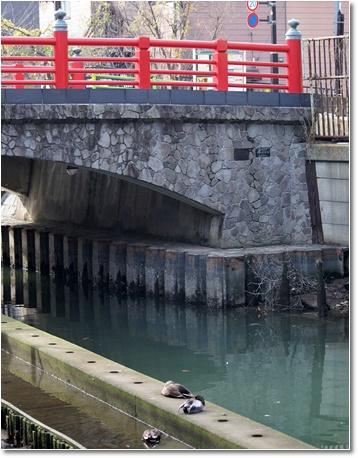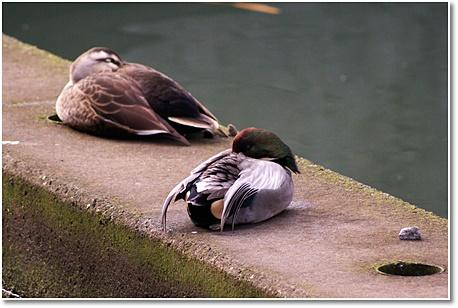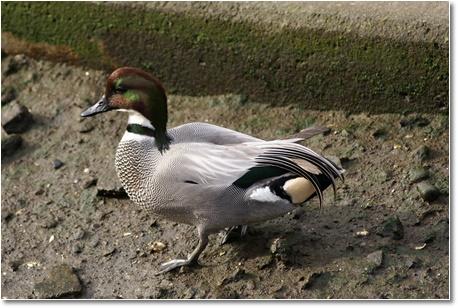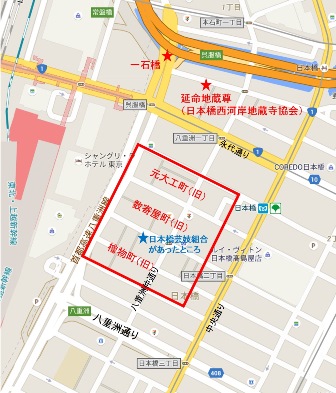Report. Today, we welcomed a new customer to Tsukuda!
While walking around Tsukuda Kobashi, is someone sleeping next to Mr. Indian spot-billed duck? ? ?


Oh...."What's your name?"..........Mr. Yoshigamo! !
As the name implies, reeds, reeds, and taste reeds (such as the origin of the name, or).
A super fashionable duck came to the moat of Tsukuda.
The other day, at the moat of the Imperial Palace in Hibiya, I had confirmed several birds mixed with the majority of Hoshihajiro and Eurasian wigeon.
Yoshigamo breeds in Mongolia, China, Siberia, etc., and travels to Southeast Asia such as Korea, Japan, India, Vietnam and Thailand in winter.
That's why it's an Orient specialty bird that can't be seen in the United States or Western Europe.

The male Yoshigamo's head is often compared to that Napoleon hat and is a popular duck for birdwatchers.

The black and white tail feathers with long collar legs shining on the sun, such as green, purple, and dark brown, and the black line on the neck is cool~♪
It's a walk around Tsukuda where you can meet Yoshigamo.


